Various ways of data collection
Currently, Zalo, Messenger, Viber applications... have invested in Big Data (a collection of huge, diverse and real-time growing data) to personalize displayed content, bringing increasingly suitable experiences to users. With tens of millions of active users every day, the applications process billions of data streams related to messaging and interaction habits; views, likes, shares of articles; searching for friends, groups; behavior of following business and personal accounts; geographic location, access time and type of device used... From there, the applications exploit data sources to understand users and suggest the right content they are interested in.

An expert said that Zalo, Messenger, Viber... not only rely on phone numbers or contacts to suggest friends, but also rely on behavioral data, such as users searching for beauty products, watching videos about skin care, the system will automatically put "compatible" content into the recommendation section or display content to users. These are mobile applications that exploit daily data into clean data.
Used by a large number of people every day, MoMo uses data to capture customer needs before they happen. For example, when a customer opens the app, MoMo can predict what the customer is going to do and prepare everything best to make the customer experience smooth.
Mr. Thai Tri Hung, MoMo's Technology Director, shared his experience in applying data to operations: MoMo identifies online customers, helps authenticate tens of millions of users and uses deep learning AI to identify users, combating fraud. From the data, a recommendation system is developed on product services, combining AI models to make suggestions for each individual, at a specific time, as well as forming products on the application.

Depending on the purpose and investment capacity, businesses and organizations build data mining technology, applying data mining platforms provided by large Vietnamese technology companies such as FPT, VNPT, Viettel. Viettel Data Platform (VDP) provides a set of technologies for a modern Big Data system such as Hadoop, Spark, Kafka, NiFi, Kettle Pentaho... is a complete data technology platform, helping businesses easily deploy a Big Data system quickly towards developing data-based products.
“To create value from data, businesses need to define clear goals when using data. When there is data, better analysis will create better products. Better products will have new users. From new users, there will be more data. That is called the Data Wheel,” Mr. Thai Tri Hung shared.
Building a data exchange is an inevitable need
The establishment of the National Database Center by the Ministry of Public Security and then the birth of the National Data Association with strategic activities are important steps to help centralize discrete data, creating favorable conditions for exploiting big data, applying AI... Aiming to build a data exchange is an inevitable need.
The data exchange will play a role in providing essential resources, helping businesses and organizations to exploit data legally and transparently to research and develop new technologies. When the data exchange comes into operation, it will open up many opportunities for businesses and organizations in developing AI, big data analysis, automation, as well as many other technology fields...
Effective exploitation and protection of people’s rights and national interests require close coordination between management agencies, businesses and stakeholders. The State can guide policies, but specific implementation, especially supervision, still requires practical and feasible technological solutions. The biggest shortcoming that can be seen immediately is that the legal corridor has not kept up with the speed of technological development.
Vietnam's regulations on cybersecurity and information security were issued a dozen years ago, with the latest Cybersecurity Law from 2018 and the Information Security Law from 2015. Meanwhile, technology has changed very quickly, especially with the explosion of AI, making many regulations obsolete. Vietnam's Data Law has come into effect (July 1, 2025), however, for the law to come into practice, there needs to be detailed guiding decrees, especially adding technical standards, model data contracts, and data insurance mechanisms.
Mr. VU NGOC SON
Head of Research, Consulting, Technology Development and International Cooperation Department
of the National Cyber Security Association
The Data Literacy Program opens its first training class
On August 13, in Nghia Tru commune, Hung Yen province, the National Data Association opened a training course on “Application of AI and digital transformation in teaching”. This is the first training course within the framework of the Data Literacy Program, a key initiative to raise awareness and capacity to use data and digital technology for all classes of people proposed by the National Data Association.
The participants this time are teachers from secondary schools in Nghia Tru commune. Teachers are equipped with knowledge, skills and strategic thinking to apply AI and digital transformation to teaching and management, apply data to design visual lessons, take advantage of digital platforms in management, evaluate learning outcomes... or analyze learning data and build a digital transformation roadmap.
Speaking at the opening ceremony, Major General Nguyen Ngoc Cuong, Director of the National Data Center (Ministry of Public Security), emphasized: We expect that from this class, seeds of innovation will sprout. Teachers will be people who understand technology, know how to apply technology to change their own teaching work, thereby stepping out of their comfort zone, approaching new things so as not to be left behind in the digital age.
KIM THANH
Towards sustainable data sources
Data has become a resource that contributes to promoting the economy and social development, so the birth of the National Data Association (NDA) plays a very important role. In recent times, DNA has deployed data application scenarios in key areas such as industry, agriculture, trade, logistics, banking and finance, healthcare, culture, tourism, environment, urban areas, etc. to move towards sustainable data sources.

Recently, at the NDA Executive Committee meeting, many opinions related to data exploitation were raised. According to Mr. Nguyen Trung Chinh, Chairman of CMC Technology Group, currently about 50% of national data is ready for exploitation, showing the urgent need to improve the level of data readiness. To ensure interoperability, data must be accurate, complete, clean, then seamlessly interconnected to optimize usage value. It is proposed that NDA utilize the resources of its members to upgrade 116 specialized data sets, in line with national priorities.
Ms. Dang Huynh Uc My, Chairwoman of the Board of Directors of Thanh Thanh Cong - Bien Hoa Joint Stock Company (TTC AgriS), also shared: Our goal is to transform from manual agricultural production to an efficient agricultural economy. To do this, we restructured the database to serve the traceability of Vietnamese agricultural products when participating in the international market, achieving the necessary standards. Currently, we are still facing difficulties in this issue and propose to continue cooperating with the association to develop data services, enhancing the competitiveness of Vietnamese agricultural products in the international market.
NDA currently has 750 members, of which 225 are organizations and enterprises, and 525 are individual members. Of which, technology enterprises dominate with 129 enterprises, 94 application enterprises and 82 enterprises owning large amounts of data, such as VinGroup, Viettel, Vietjet, Vietcombank, VNG, VNPT, Masan Group, CMC... focusing on strategic areas, which will become core data providing data-related services, supporting policy making, creating development, building digital government, digital society and digital economy, ensuring national defense and security.
Source: https://www.sggp.org.vn/khai-thac-du-lieu-sach-thuc-day-doi-song-so-post808242.html






![[Photo] General Secretary To Lam attends the 80th Anniversary of the Cultural Sector's Traditional Day](https://vstatic.vietnam.vn/vietnam/resource/IMAGE/2025/8/23/9f771126e94049ff97692935fa5533ec)


































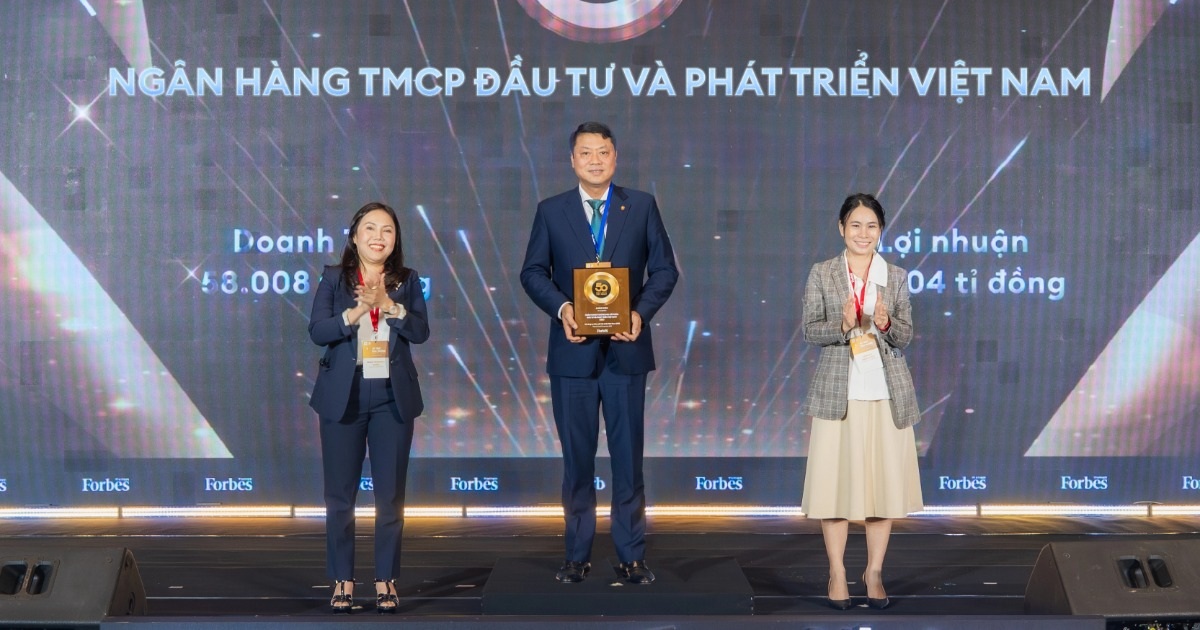







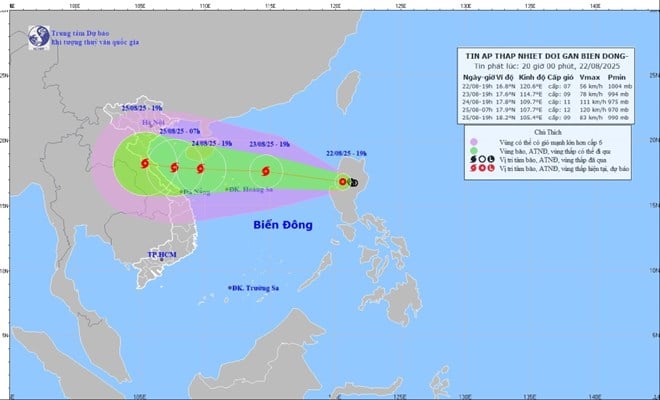

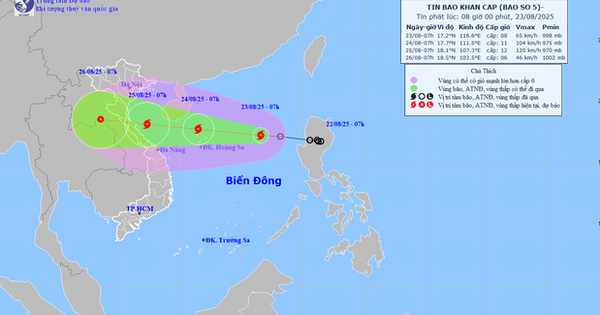




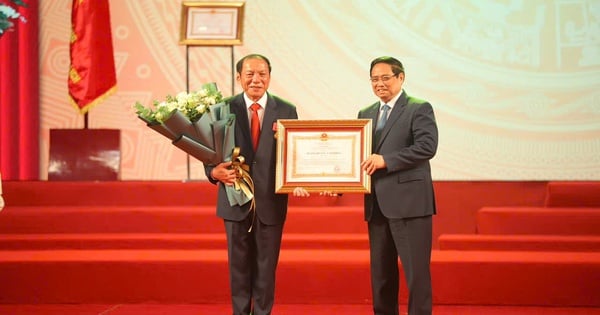

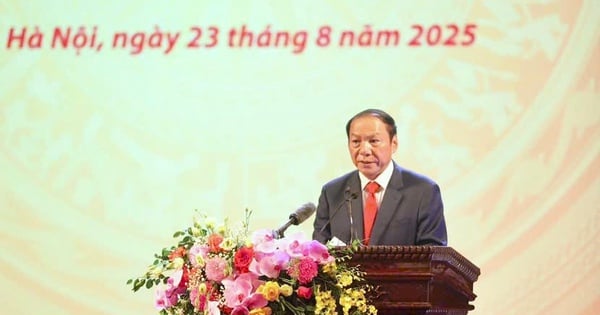
























Comment (0)